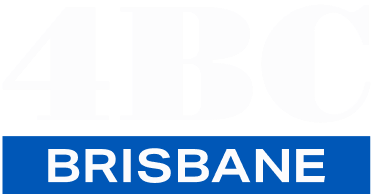Labor accused of $8-billion mistake in negative gearing policy
The federal Opposition may have overstated savings from its negative gearing policy by up to $8 billion.
Labor’s plan would remove the tax concession for property investors in a bid to get more first home buyers into the market.
But the Opposition is being accused of underestimating the number of people who purchase new homes as an investment.
Shadow Treasurer Chris Bowen has repeatedly claimed more than 90 per cent of investors purchase existing properties rather than new-builds, meaning there is no boost for jobs or housing.
But the Australian Bureau of Statistics, the Housing Industry Association and the Grattan Institute and a vast array of property-related companies have slammed the claims as false.
BMT Tax Depreciation CEO Bradley Beer tells the Australian Financial Review, “Labor’s numbers are so far from the truth that it is not funny.”
Treasurer Josh Frydenberg has come out on the offensive, calling for his would-be replacement to tell the truth.
“He needs to come clean on the data of which he’s been citing, which the ABS, the Housing Industry Association, the Grattan Institute has called him out on.
“There’s a black hole in his policy now, his savings are not as much as he said they would be.
“He’s been using the wrong data and he’s been misleading the Australian people.”
Click PLAY below to hear the full interview
The Shadow Treasurer is sticking by his figures, saying they were produced by the independent Parliamentary Budget Office (full statement below).
“The PBO consulted with the ABS, the RBA and major banks in order to estimate the proportion of investor lending for the purpose of existing housing.”
Senior Labor MP Anthony Albanese tells Luke Grant they are standing by their costings.
“We don’t do the costings… we get our costings done by the Parliamentary Budget Office that is very independent of us and indeed of the government.”
Click PLAY below to hear the full interview
Full statement from Shadow Treasurer Chris Bowen
“Today in the Australian Financial Review we have seen, yet again, vested property interests putting out new data attacking Labor’s reforms – unverified, unseen. Where is the data that underpins their claims? Anecdotal? “Superficial” analysis? Very murky.
Let’s call this out for what it is – vested interests seeking to undermine and distract because they have personal interests in seeing the current arrangements continue.
As late as February this year, Grattan Institute stated that “around 90 per cent of investment lending is for existing housing”.
Federal Labor’s reforms are driven by putting negative gearing to work to support new construction.
As for shrill claims that the Parliamentary Budget Office’s costing of Labor’s policy is wrong, the PBO stands by the costing that underpinned the announcement made on
29 March 2019.The PBO consulted with the ABS, the RBA and major banks in order to estimate the proportion of investor lending for the purpose of existing housing.
The PBO costing has relied on ABS data on owner-occupier lending with other data sources, including unpublished data by the RBA regarding lending to households for residential property investment, and other surveys of investor lending.
Our policy has been fully costed by the independent PBO – in fact, the policy costing confirms that we will see people switch from negatively gearing existing properties to new properties increasing demand and incentives to build more stock.”














